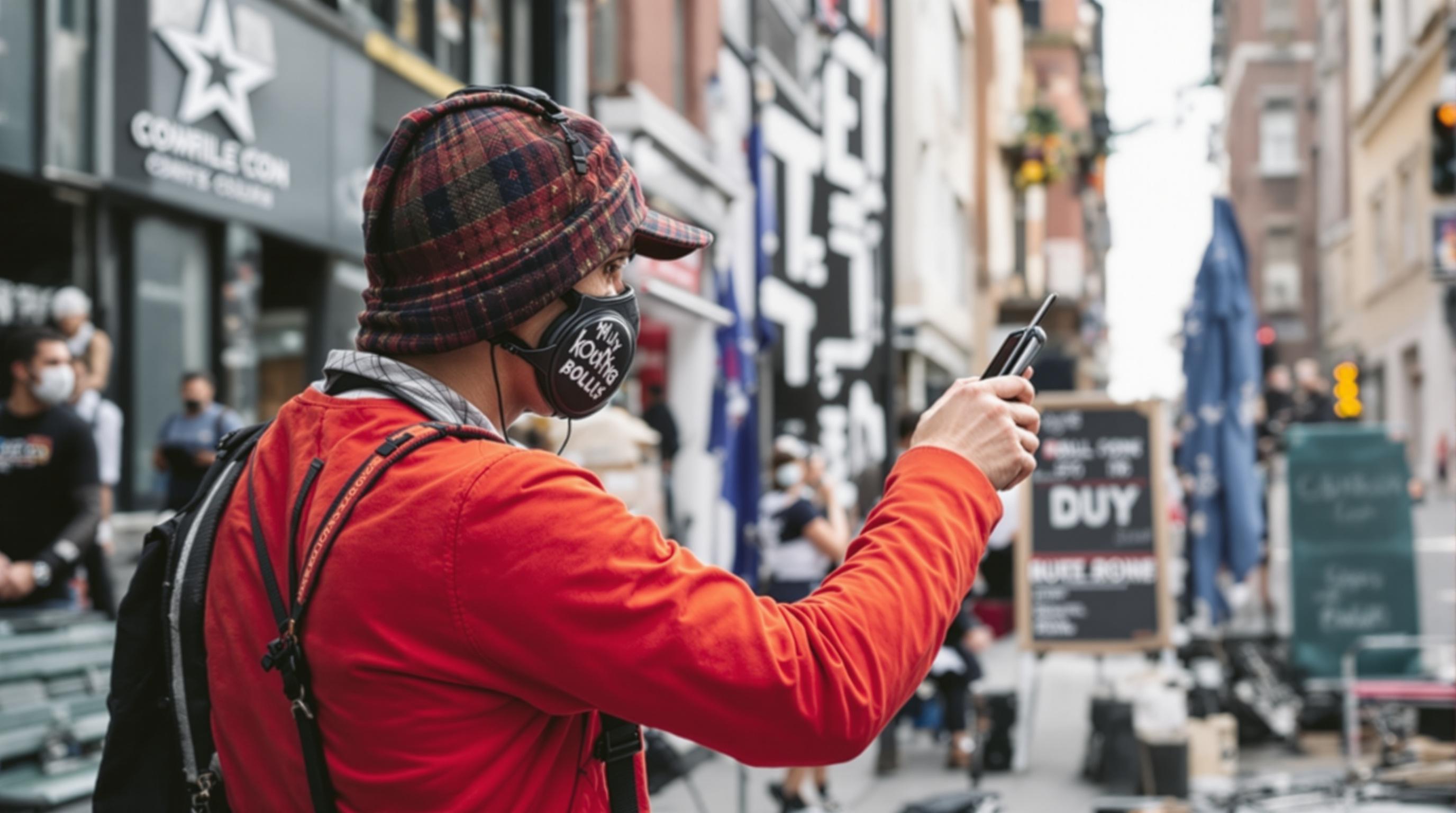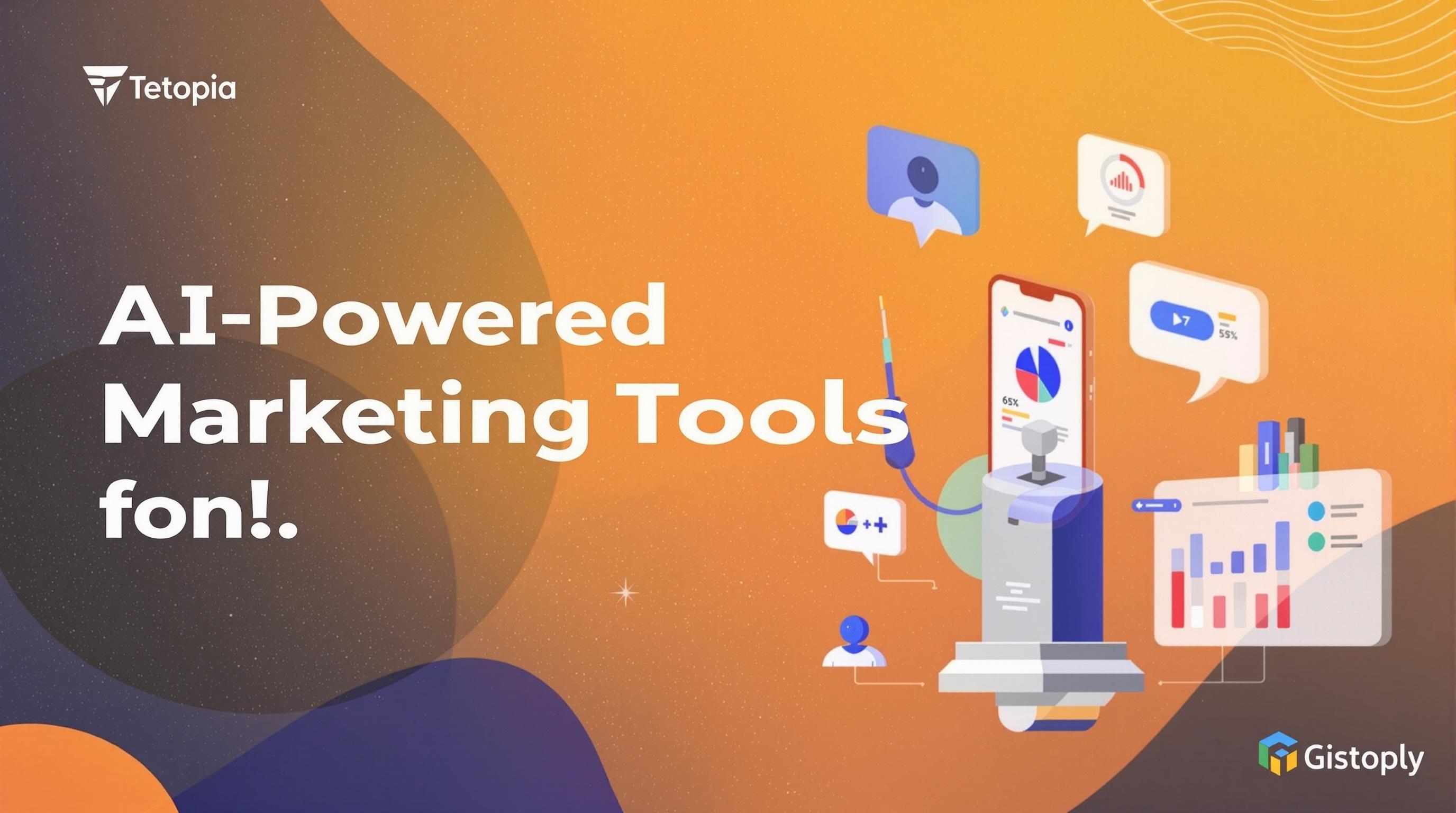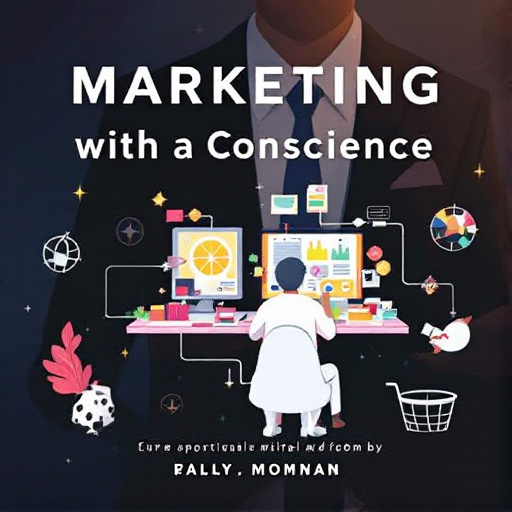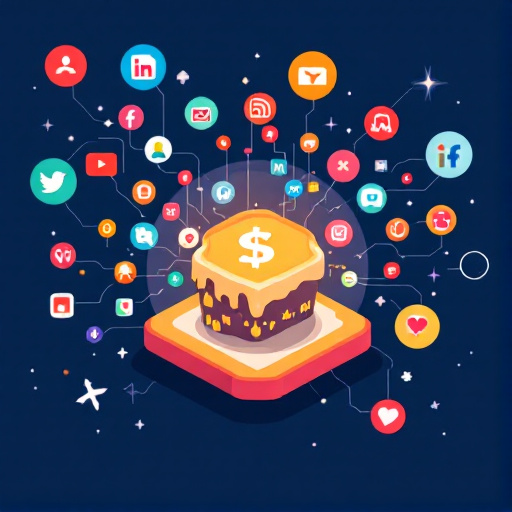Featured Articles
- 12 Innovative Guerrilla Marketing Tactics to Explode Your Brand Visibility Without Breaking the Bank
- How Sensory Branding Taps Smells and Sounds to Forge Deeper Emotional Bonds with Customers
- Marketing with a Conscience: How Brands are Embracing Ethical Dilemmas to Drive Consumer Loyalty
- The Rise of Eco-Conscious Branding: Turning Green Ethics into Marketing Gold
- The Surprising Role of Memes in Shaping Modern Brand Strategies: A New Frontier in Business Marketing
The Unexpected Power of Nostalgia Marketing: Can Old-School Tactics Revive Modern Brands?
The Unexpected Power of Nostalgia Marketing: Can Old-School Tactics Revive Modern Brands?
Nostalgia marketing leverages fond memories to create meaningful connections with consumers, transforming how modern brands engage with their audiences. As we delve into the unexpected power of nostalgia, we’ll explore case studies, compelling statistics, and the psychology behind why these old-school tactics can breathe new life into contemporary brands.
Understanding Nostalgia: A Psychological Perspective
Nostalgia is more than just a sentimental longing for the past; it's a complex psychological phenomenon that can evoke feelings of warmth, comfort, and belonging. According to a study published in the journal "Emotion," nostalgic memories can enhance our mood and improve our sense of self, making us feel more connected to those we cherish, including brands that have long been staples in our lives (Wildschut et al., 2006).
The Emotional Appeal of Nostalgia
When brands tap into nostalgia, they create an emotional bond that can be incredibly potent. For example, Coca-Cola effectively used nostalgia in their “Share a Coke” campaign, which brought back classic names and old-school imagery, leading to a remarkable increase in sales. The campaign was a nod to a simpler time, prompting consumers to reconnect with their personal stories, making them more inclined to purchase (Coca-Cola Company, 2015).
A Fun Flashback: Music from the Past
Music is a powerful carrier of nostalgia. Take the rise of vinyl records—sales of vinyl surged to 41 million in 2020 in the U.S. alone, surpassing CD sales for the first time since 1986 (Nielsen Music/MRC Data). Brands targeting the nostalgic vibe, such as Urban Outfitters with their dedicated vinyl sections or even Spotify with nostalgic playlists like “Throwback Thursday,” showcase how revisiting the past can resonate with younger demographics who might not even have a personal connection to those eras.
Case Studies: Brands Successfully Using Nostalgia
One of the best examples of nostalgia marketing is the success of LEGO. The brand has consistently revved up nostalgia by creating sets that resonate with former child consumers. The LEGO Harry Potter sets, for instance, have reignited interest among those who grew up reading the series, connecting adult fans to their childhood adventures. Research showed that sales for the Harry Potter line contributed significantly to LEGO's 25% growth in 2020 (LEGO Annual Report, 2020).
The Cereal Renaissance
Another compelling example can be found in the cereal aisle, where brands like Cinnamon Toast Crunch or Lucky Charms have revived old mascots and packaging designs. The retro box designs and limited-edition runs have appealed to millennials who grew up enjoying these breakfasts. In a survey conducted by the National Cereal Company, 73% of consumers found nostalgic packaging more appealing than modern designs (National Cereal Company, 2021), demonstrating the profound impact that visuals steeped in nostalgia can have.
The Risks of Nostalgia Marketing
While nostalgia is a powerful tool, it’s not without its pitfalls. Brands must navigate carefully; invoking nostalgia too strongly can lead to perceptions of being out of touch. For example, Yahoo attempted to revive its relevance by revisiting early 2000s aesthetics, but the effort flopped, as it didn’t resonate with today’s audience or the digital context in which they operate.
Brands to Avoid: A Cautionary Tale
Consider the story of Blockbuster—despite having nostalgic appeal for many, their attempts to recapture market share through nostalgic marketing were overshadowed by their inability to innovate. Instead of reminiscing about the past, potential customers were reminded of what they had lost. In today’s fast-paced digital world, merely banking on nostalgia isn’t enough; brands need a modern twist and a relevant product or service to complement the nostalgia factor.
How to Utilize Nostalgia Marketing?
There are several tactics brands can employ to successfully incorporate nostalgia into their marketing strategies:
- Revive Classic Products: Bring back popular items from the past with a modern flair, much like Pepsi did with its throwback flavors.
- Use Quaint Aesthetics: Utilize imagery, fonts, and color schemes from the past in advertising campaigns, taking a cue from Urban Outfitters.
- Leverage Influencer Marketing: Partner with influencers who represent older generations and have them share their nostalgic experiences aligned with your brand.
- Engage in Storytelling: Create stories around your brand that reflect its history and the joyful moments it has contributed to in consumer lives.
What Makes it Work? The Role of Authenticity
A key factor to the success of any nostalgia marketing is authenticity. Nostalgic campaigns must align with genuine consumer experiences. The nostalgia surrounding the never-removed “Classic” Snickers bars, for instance, works because it appeals to the product's history while retaining its core identity. Brands can accentuate their authenticity by involving real consumers in their campaigns, thereby building a stronger, heartfelt connection.
The Power of Storytelling in Engaging Nostalgia
Consider the popular Netflix series “Stranger Things,” which brilliantly taps into ’80s nostalgia. Through its storytelling, it evokes themes, aesthetics, and cultural references from the era. As a result, it captivates not just the audiences who lived through it but also younger demographics who are curious about that period. Brands can take a page from this by crafting narratives that resonate across generations, inviting all ages to engage in a collective memory.
Nostalgia and Generational Marketing
Each generation has its own treasured memories. According to a report by the Marketing Research Association, 80% of millennials believe nostalgia helps them reconnect with family and friends (Marketing Research Association, 2022). Thus, segmenting your nostalgia marketing to target specific generations can yield impressive results, with tailored campaigns that speak directly to the emotional touchpoints of each group.
The Future of Nostalgia Marketing
As consumer habits continue to evolve, the role of nostalgia in marketing is poised to expand. Brands increasingly recognize that sentimentality can create enduring loyalty and community around their products. A McKinsey report showed that 70% of consumers are more likely to purchase from a brand that makes them feel nostalgic (McKinsey & Company, 2021), highlighting the tangible results nostalgia marketing can yield.
Crafting Meaningful Experiences
Brands should consider integrating experiential elements into their nostalgia marketing strategies. Pop-up shops, retro-themed events, or even interactive social media campaigns can amplify nostalgia and encourage consumer participation. For example, the “My Little Pony” franchise successfully launched events allowing fans to relive their favorite childhood experiences, connecting generations while selling new products.
Leave Room for Innovation
While nostalgia has much to offer, it’s critical that brands don’t let it stifle innovation. Balance is key—old-school tactics should complement forward-thinking ideas and products. Apple, for example, has done an excellent job of blending nostalgia and innovation, utilizing retro advertising styles while offering cutting-edge technology, ensuring they appeal to a broad range of consumers.
Conclusion: Embracing Nostalgia in the Modern Landscape
As our world accelerates forward at an unprecedented pace, the pull of nostalgia will likely grow stronger. By tapping into the warm embrace of memories, brands can forge genuine connections with consumers across generations. In an age where authenticity is paramount, those brands that harness the unexpected power of nostalgia may well find themselves thriving amidst the sea of fleeting trends and rapid change.
In the grand tapestry of our emotional landscape, nostalgia is not merely a fading echo; rather, it can be a powerful narrative tool that binds past and present. As we have seen through various case studies, successful nostalgia marketing strikes a balance—where a deep appreciation for the past informs innovative strategies for the future. So, dear reader, perhaps it’s time to embrace that vintage sofa your grandma once loved—or consider how a bit of nostalgia could breathe fresh life into your own favorite brands.



